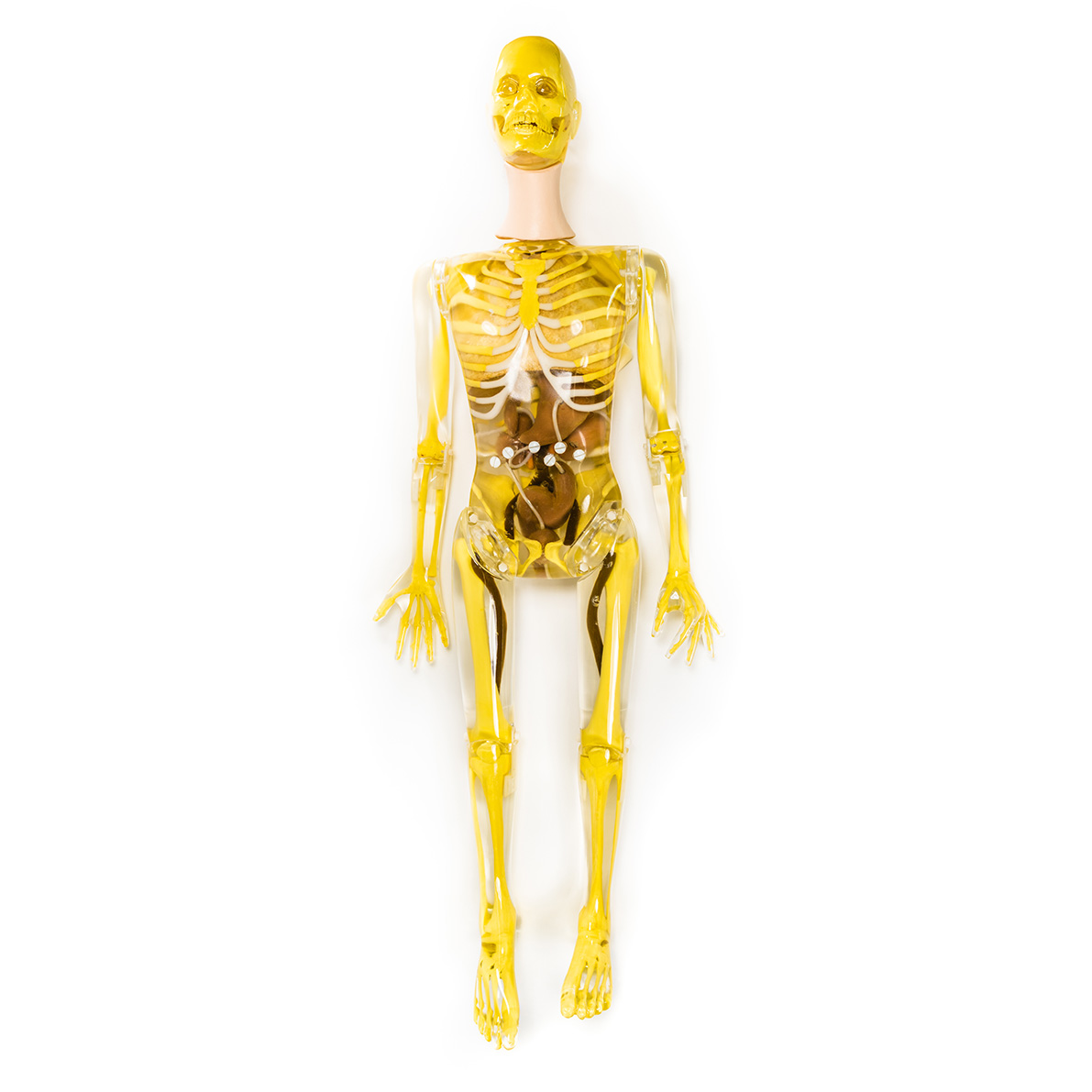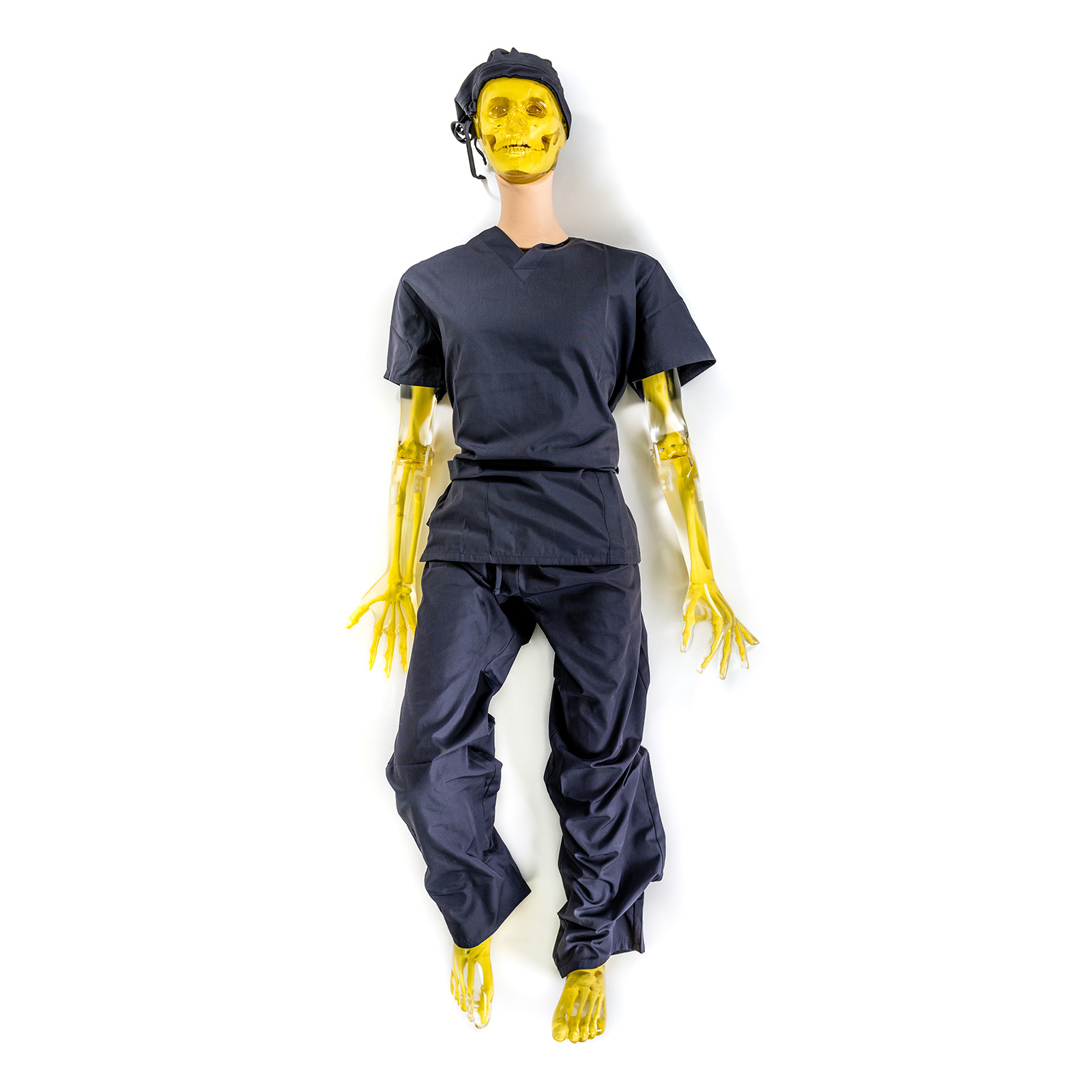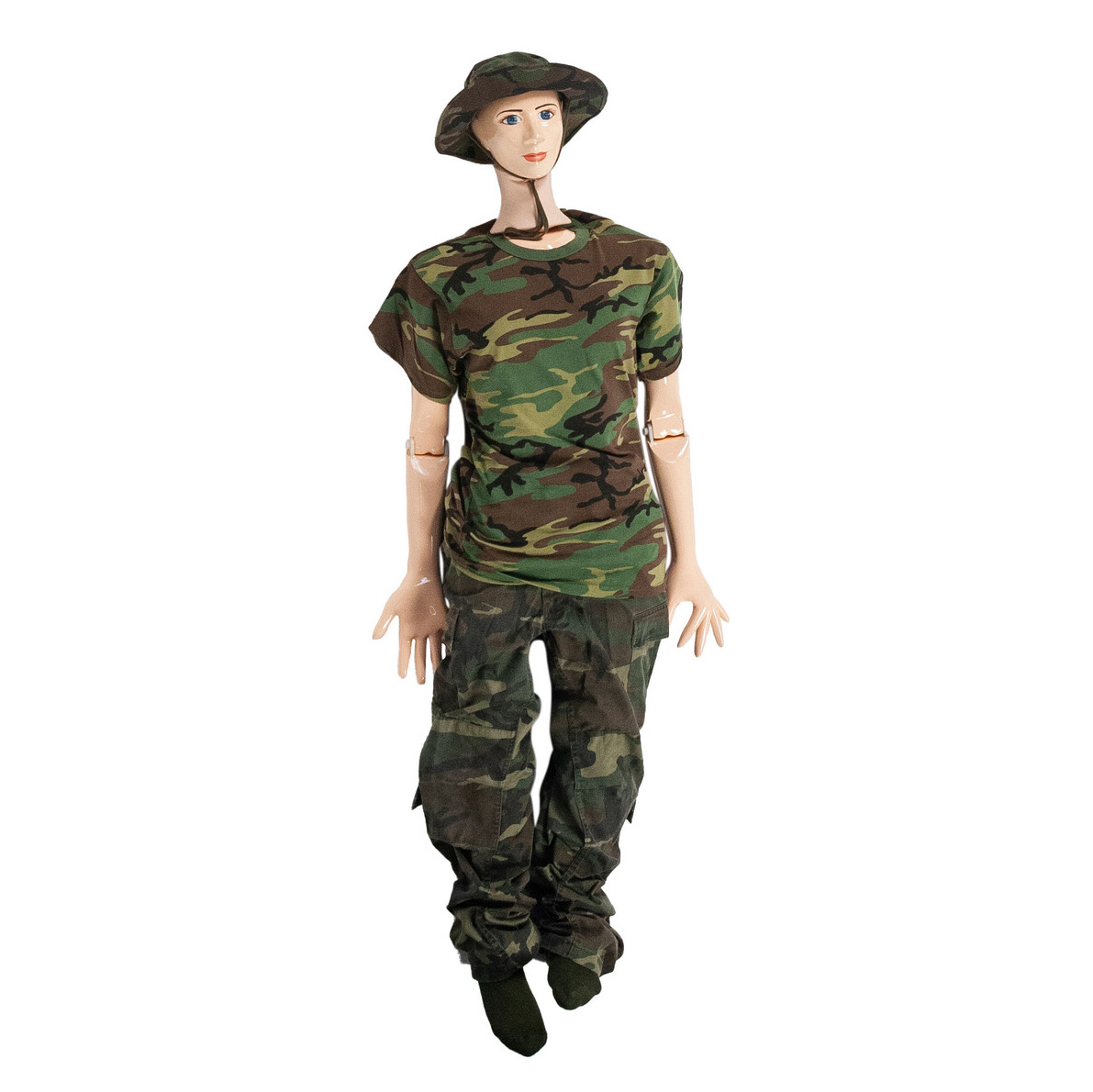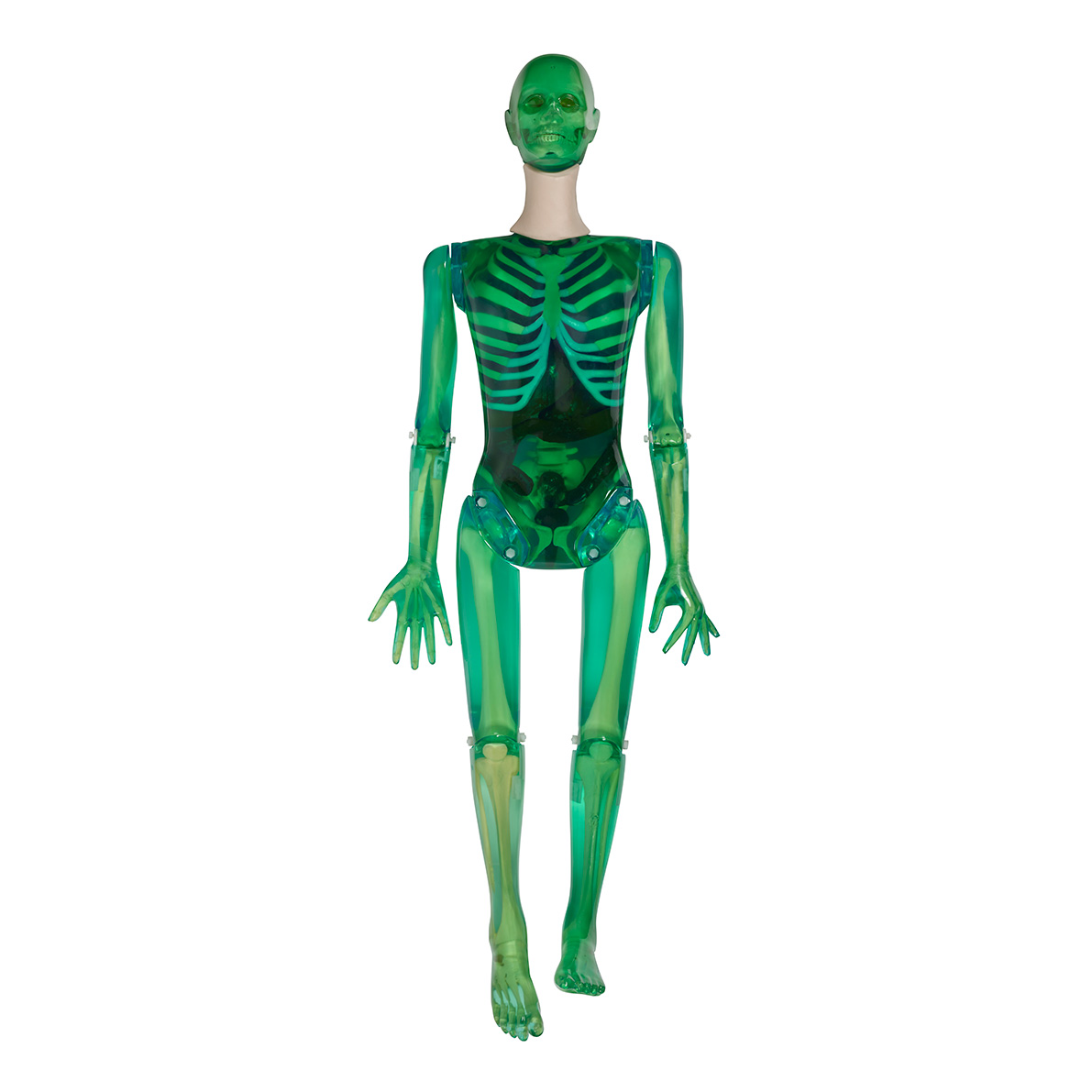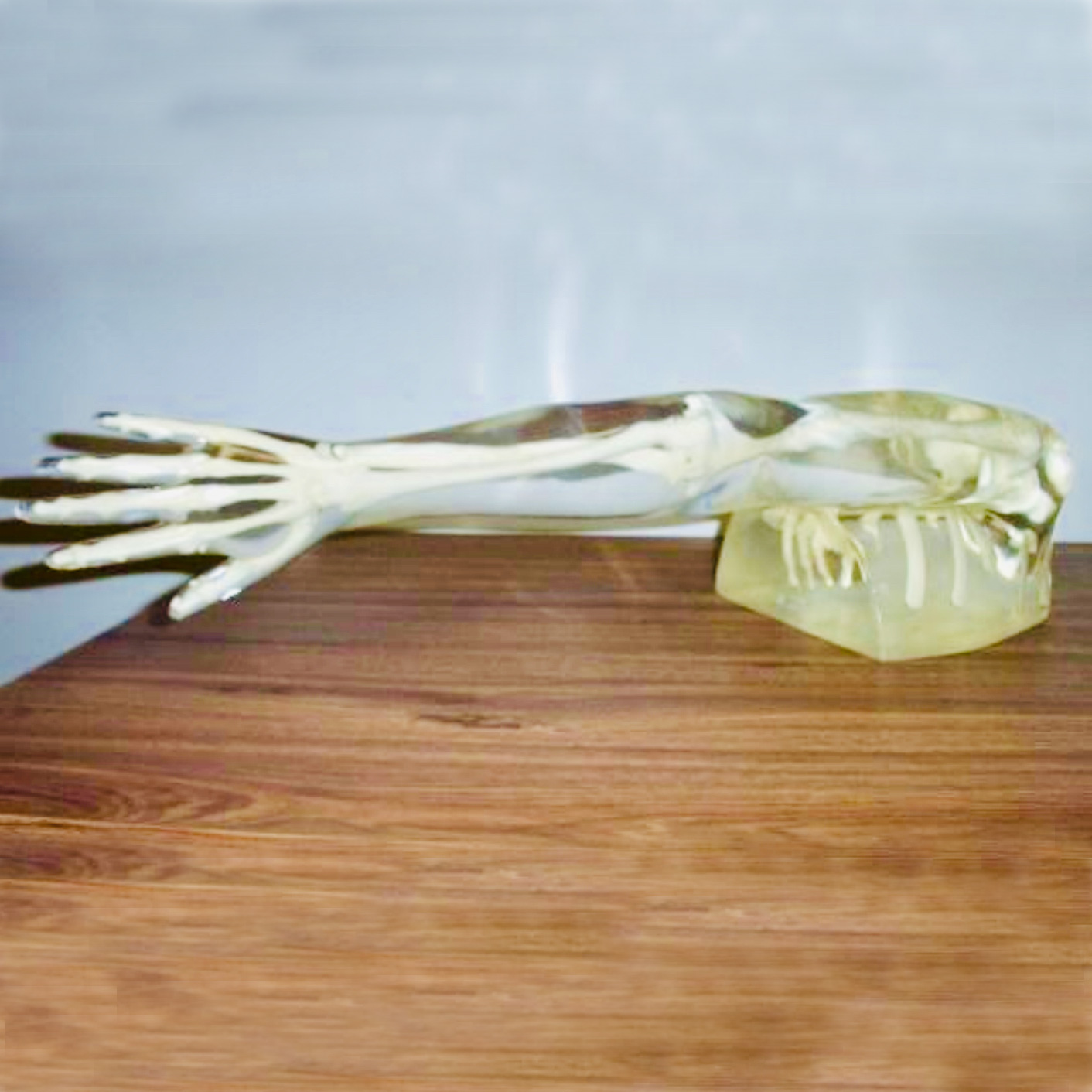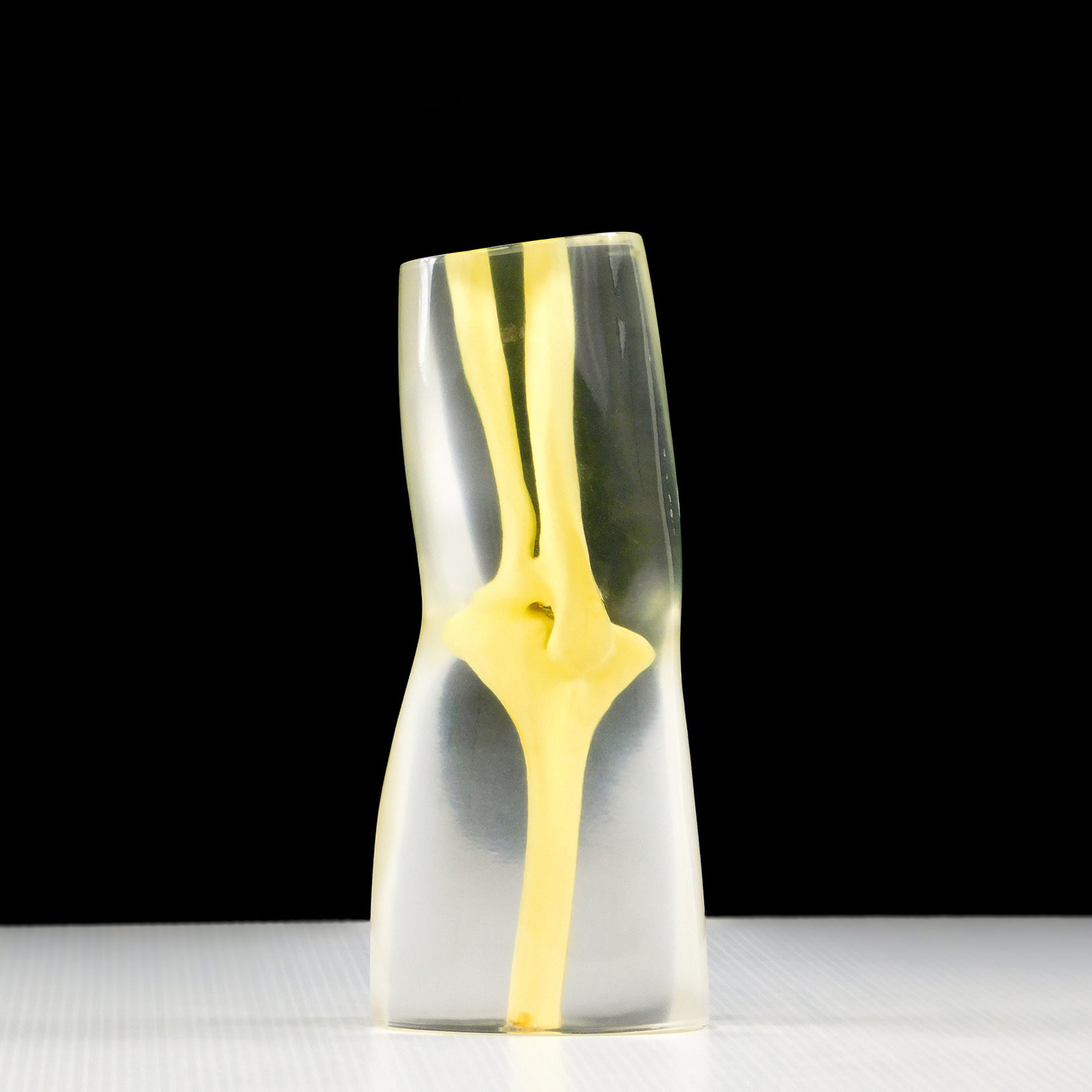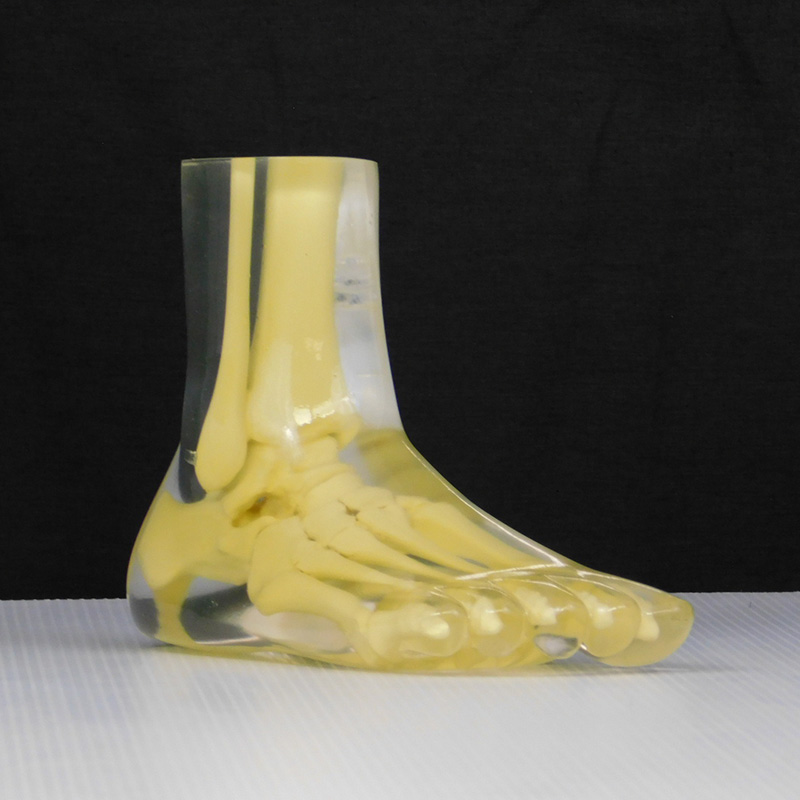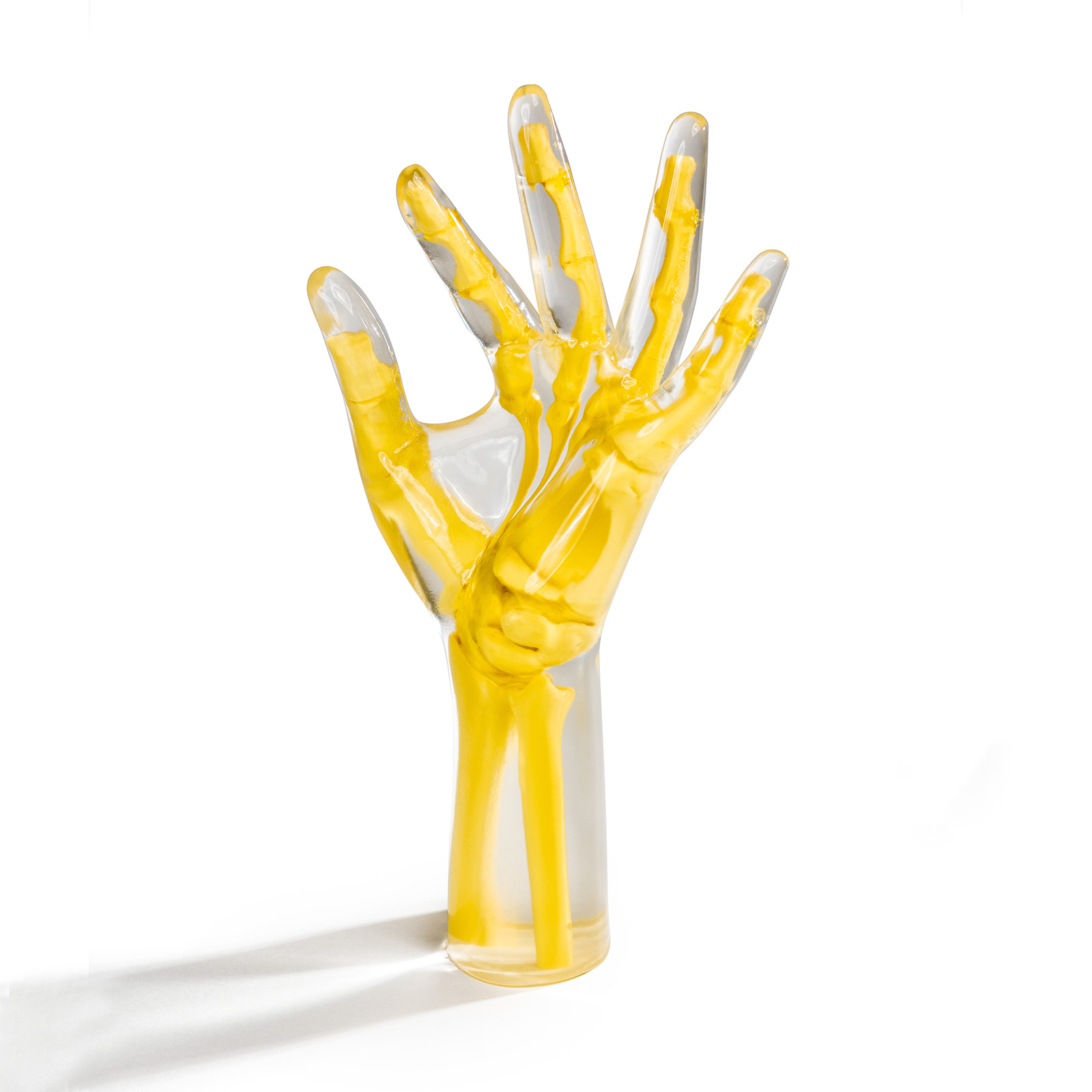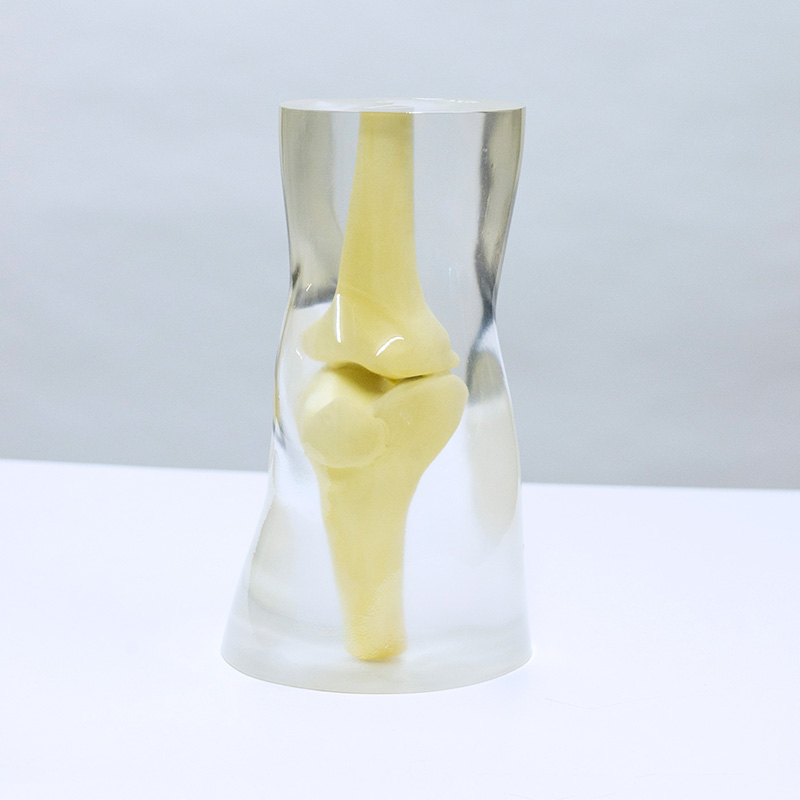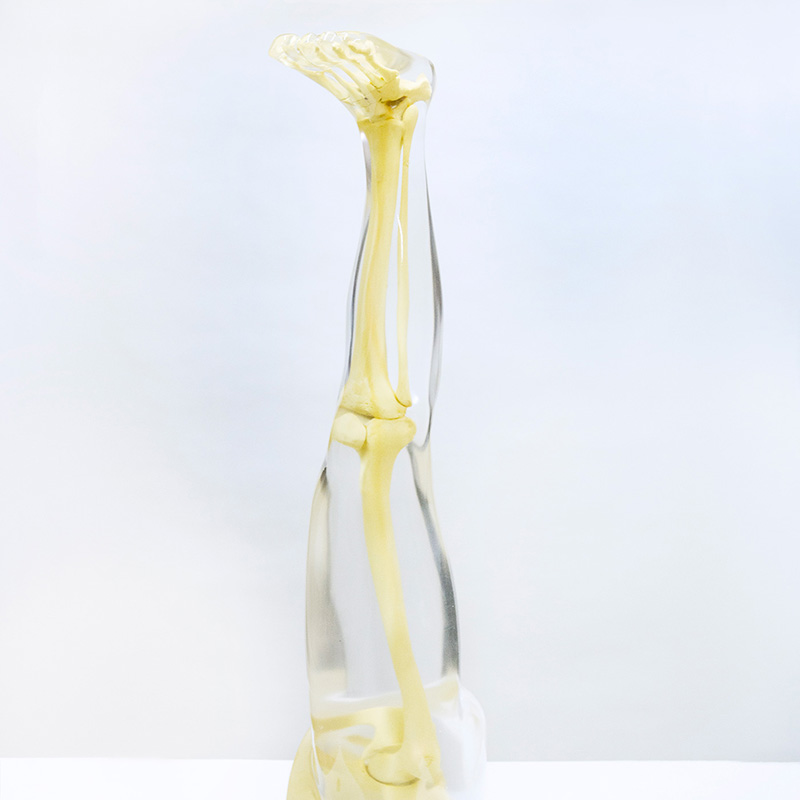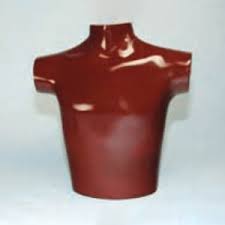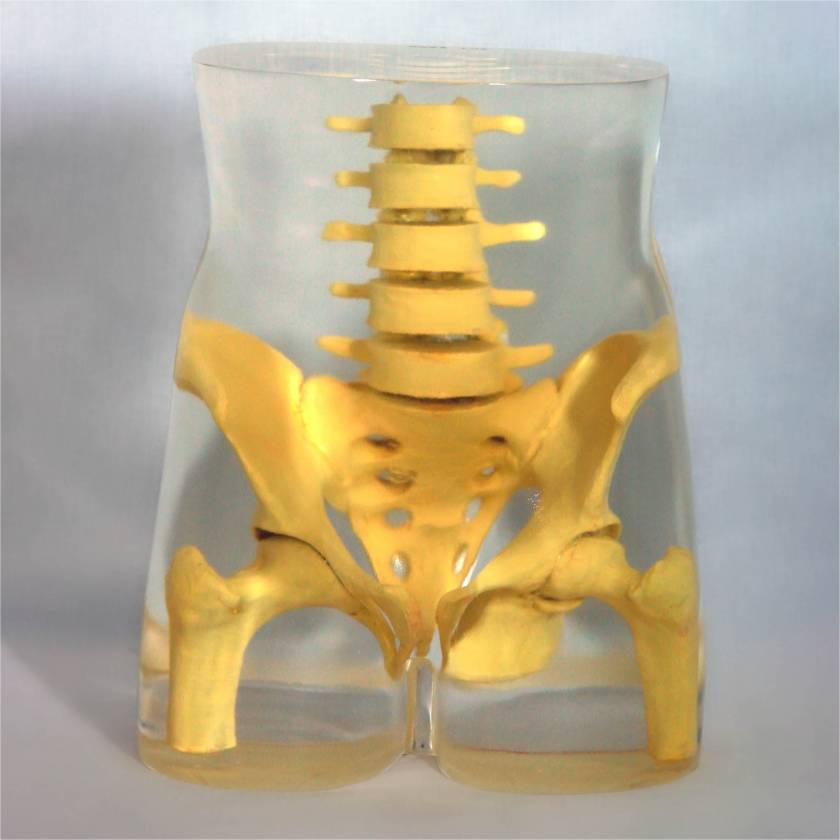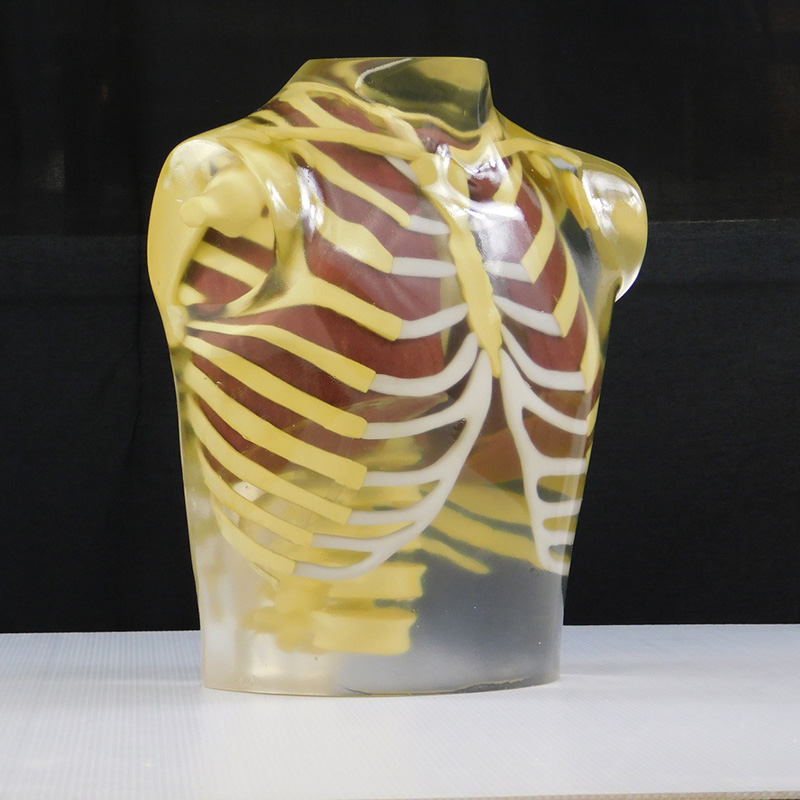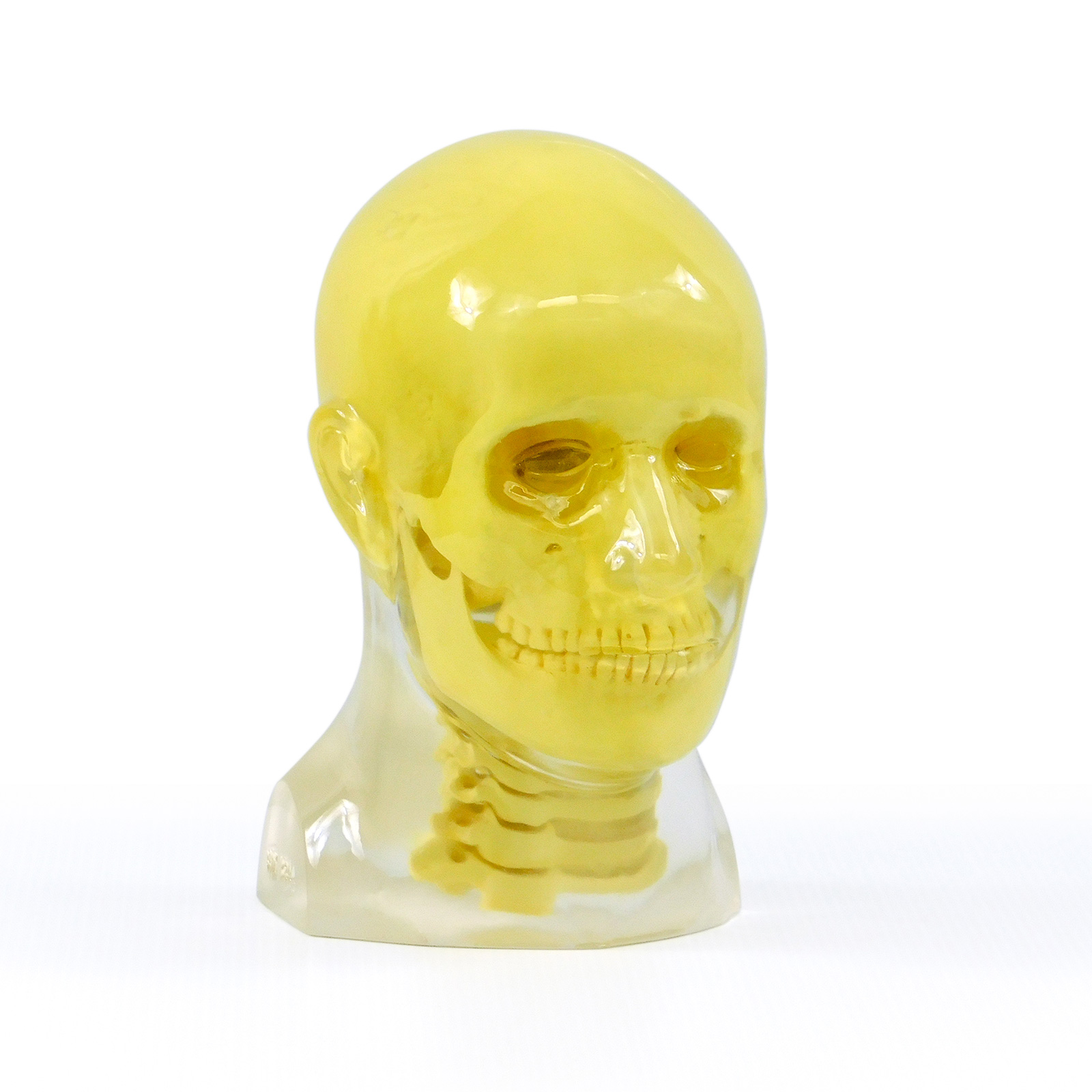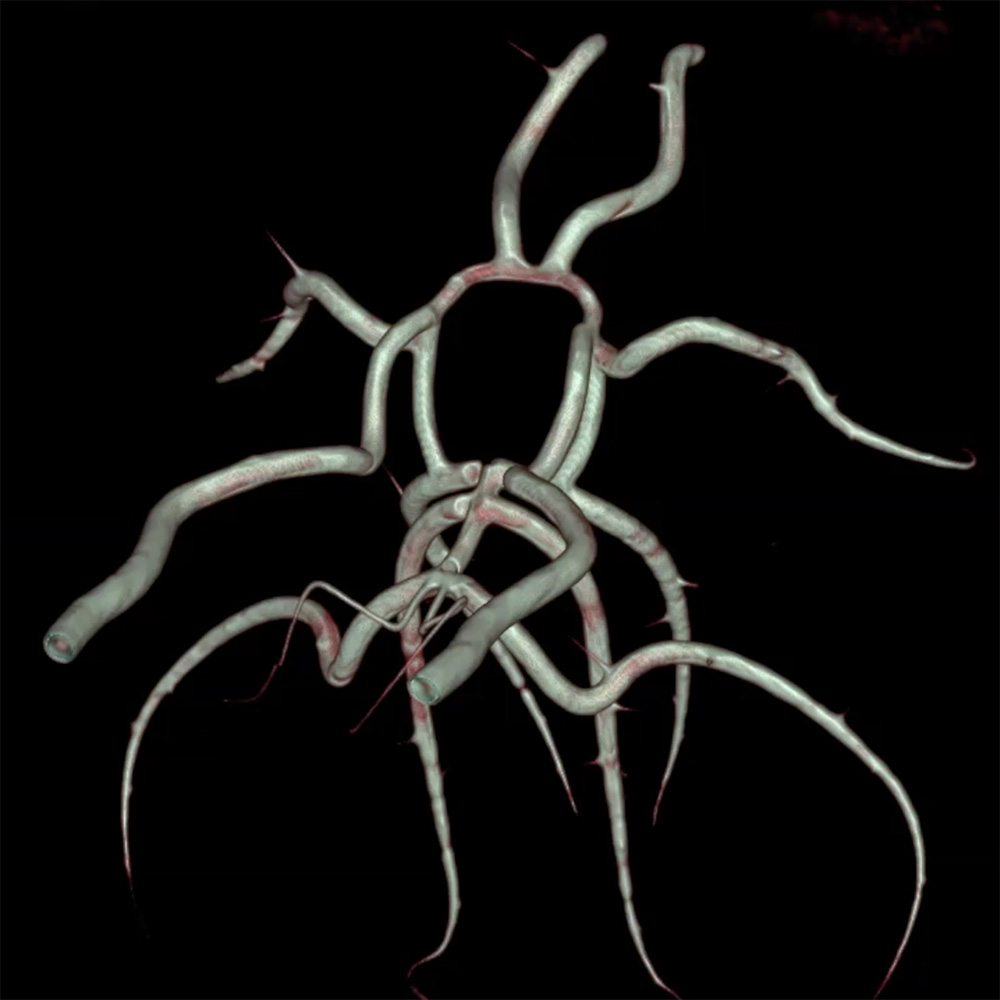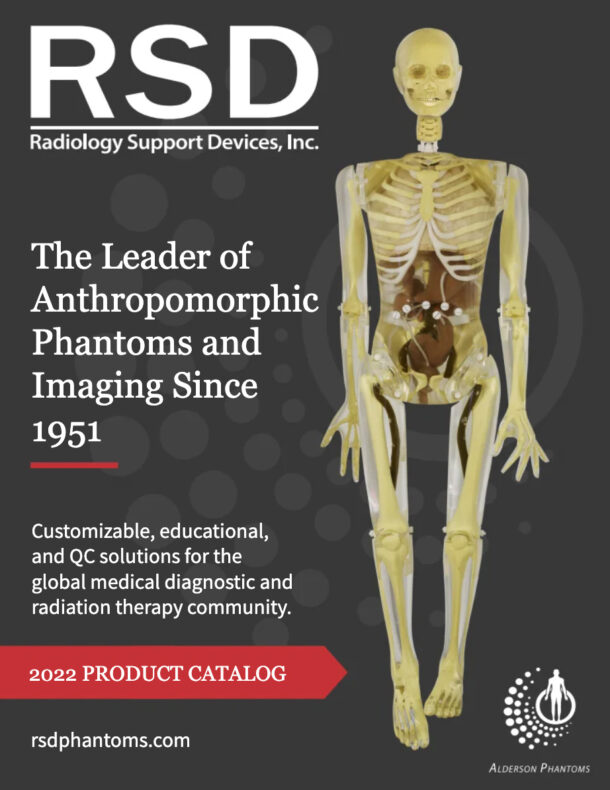Medical Imaging
Created to simplify positioning, medical imaging phantoms are an ideal substitute for teaching and training radiological technologists with unlimited repetition of most views and valuable feedback to evaluate trainee performance.
Whole Body Phantoms
RSD’s Whole Body Phantoms offer realistic supine, lateral, and oblique positioning with segmented joints allowing for approximate human articulation and flexibility. They are a repeatable, convenient substitute for patients and virtually indestructible.
Body Section Phantoms
With the anatomy and radio fidelity of Take-Apart Pixy, RSD’s Body Section Phantoms provide a comprehensive evaluation of the imaging system and imaging techniques under realistic conditions. They are rugged, easily transported, and shatter-proof.
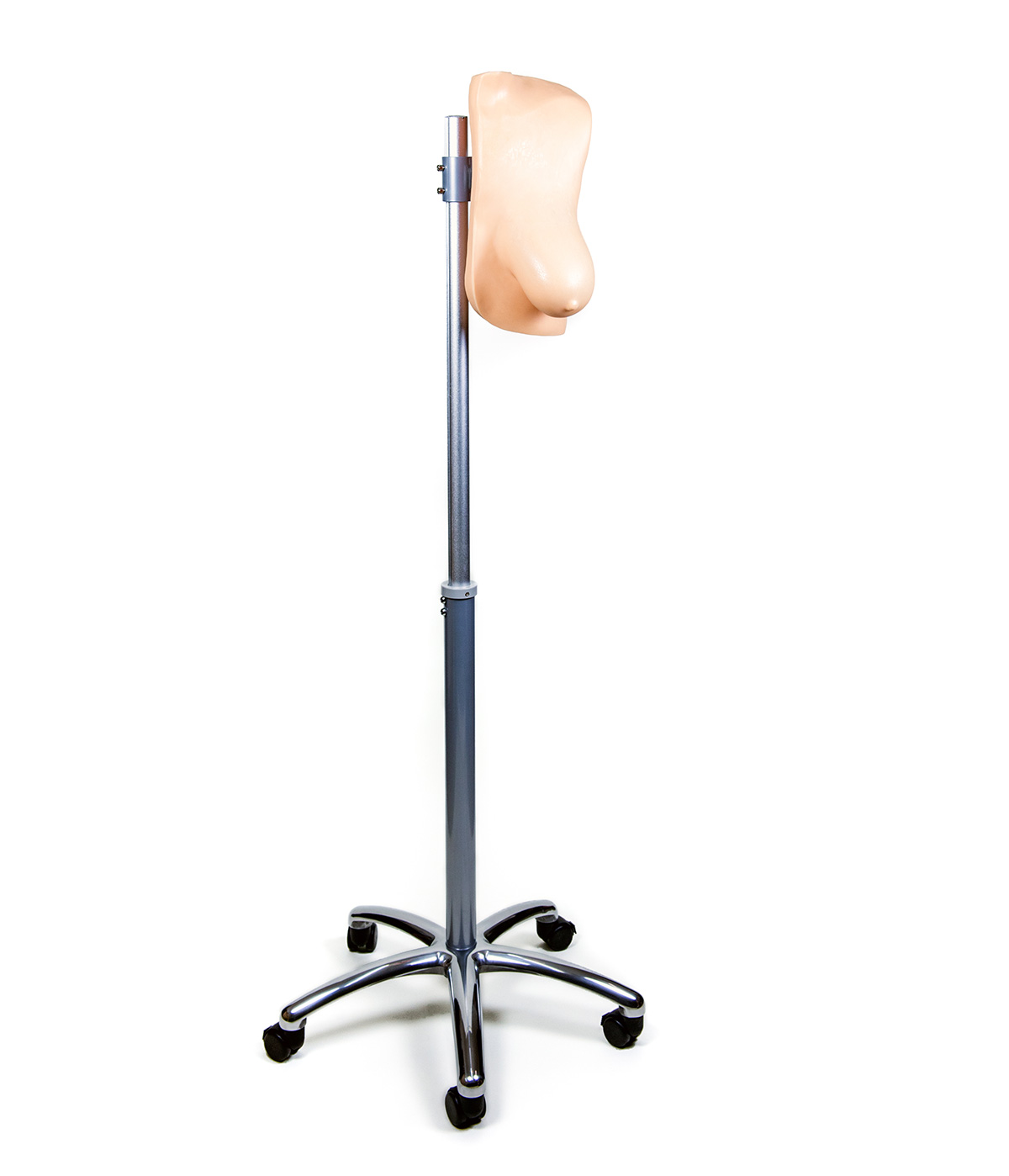
Mammography Phantom
RSD’s Mammography Phantom is a perfect patient substitute allowing instructors to teach mammography positioning. This valuable teaching and training aid simplifies classroom procedures allowing trainees to take as many exposures as needed to develop expertise.
Head Phantoms
Designed with a wealth of options to choose from, RSD’s Head Phantoms provide accurate and reliable dependability for teaching and training. They deliver industry-leading anatomical fidelity for the evaluation of imaging systems and imaging techniques.
RSD Injection Phantom
Instrumental for teaching, training, and maintaining skills, the RSD Injection Phantom helps users learn and hone skills for proper needle placement for a variety of interventional techniques.
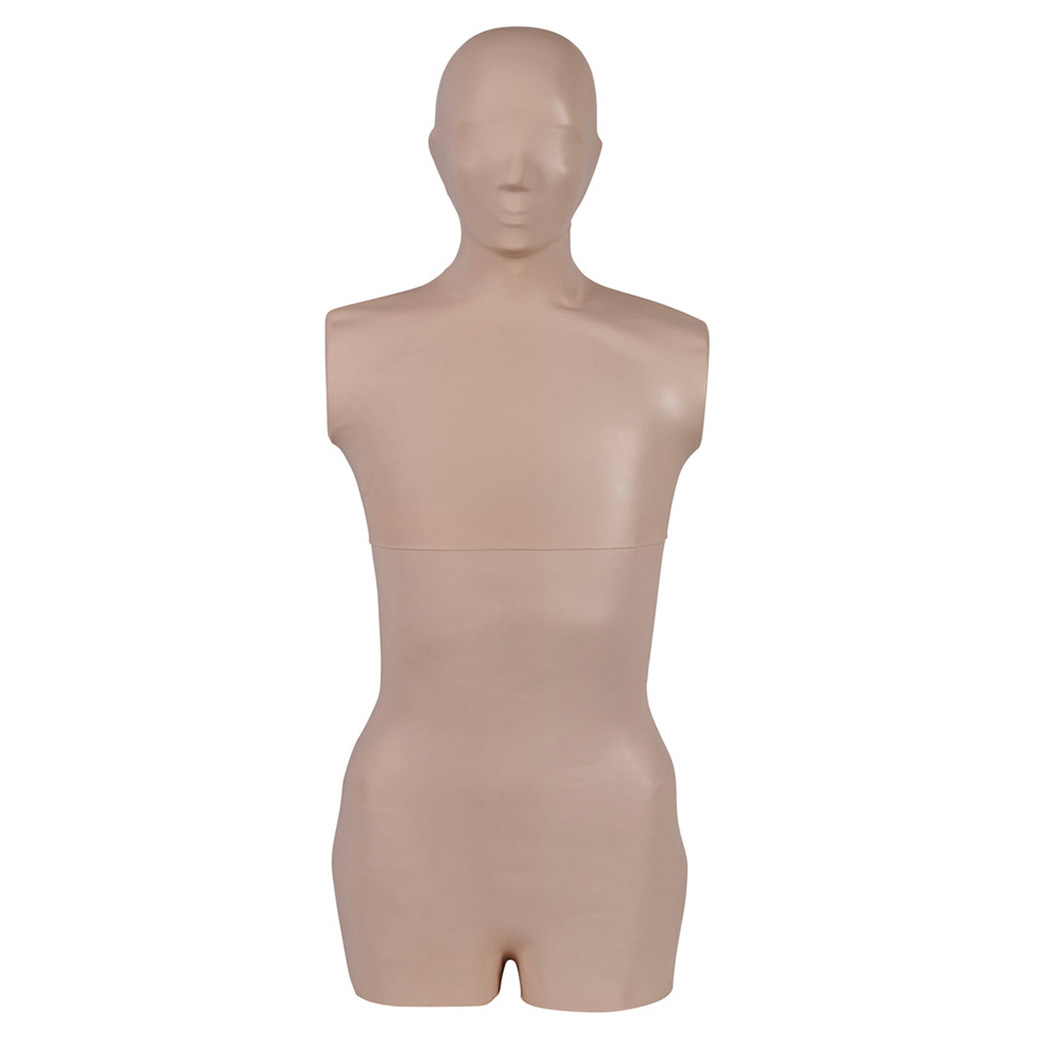
RSD In Action
Keele University’s School of Health and Rehabilitation opened a state-of-the-art radiography suite using RSD’s PIXY Phantom to highlight the practice of hands-on training with visual reinforcement.

